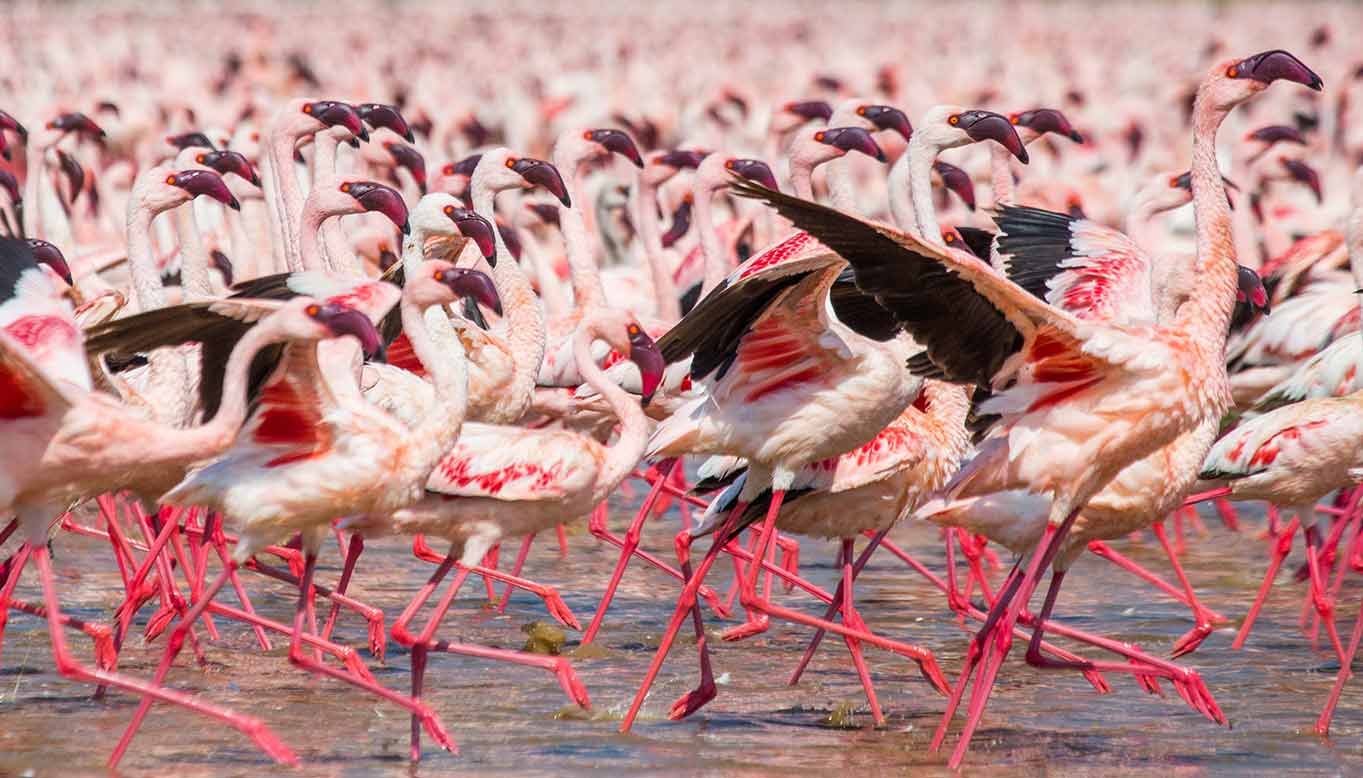The Bahamas Protected Areas Fund (BPAF), is a corporate body established in 2014 by an Act of Parliament. The purpose of the Fund is to “ensure sustainable financing into perpetuity” for scientific and policy research, education, conservation and management of protected areas, including national parks. It is also mandated to support areas established for biodiversity conservation generally, the protection of carbon sinks, water resources, wetlands and blue holes, degraded or threatened ecosystems as well as areas established for adapting to and mitigating against, climate change. BPAF is a National Conservation Trust Fund that extends grants to various PA Managers including the Bahamas National Trust, the Bahamas Undersea Research Foundation, Waterkeepers Bahamas, the Forestry Unit of the Ministry of Environment, the Department of Marine Resources, the University of The Bahamas, and other Government Agencies, academic and research institutions, and environmental NGOs, whose project or program aligns with the Fund’s strategic plan and funding priorities. The Fund works to ensure that Bahamian PAs will have a dedicated, sustainable source of revenue to implement management plans, galvanize local community support, purchase equipment, build visitor facilities and monitor ecosystem health.

The Bahamas is the largest small-island archipelago in the tropical Atlantic, similar in size and complexity to the entire Lesser Antilles. The Bahamas comprises over 700 low-lying islands and cays. The total land area of The Bahamas is approximately 1,394,000 hectares (3,444,649.02 acres). The size, complexity, and ecological isolation of The Bahamas have contributed to significant biodiversity and the development of several unique ecosystems. The largest and easily identifiable ecosystems include, Caribbean Pine Rockland Forests, Dry Green Forests, Island Ponds, Mangrove Forests, Blue Holes, Coastal Rock, Tidal Flats and Salt Marshes, Sea Grass Beds, Coral Reefs and the Open Ocean.
The Bahamas recognized early the need to establish, protect and preserve important biodiversity resources. In 1958, the first Marine Protected Area (MPA) in The Bahamas was established – the Exuma Cays Land and Sea Park. It is reputed to be the first of its kind in the world and became an exclusive no-take area in 1986. A National Creek and Wetlands Initiative was commenced in 1999 and forty creek systems countrywide were catalogued and inventoried for restoration, an important starting point for The Bahamas to manage effectively its creek and wetland systems.
In 2000, the Government approved the creation of an initial five Marine Reserves in the north and central Bahamas and with the expansion of the Westside National Park of Andros, which was announced at the 50th Anniversary celebration of the Bahamas National Trust. With this decision, the total network of marine protected areas in The Bahamas increased to approximately 550,000 hectares (ha).
The Bahamas 2020 Declaration was formally declared in Bonn, Germany at the Ninth Conference of the Parties in May 2008. The 2020 Declaration served as the Government of The Bahamas’ confirmation of its intent to preserve the country’s marine and terrestrial environments and to meet the targets established by the UN Convention on Biological Diversity (CBD) Programme of Work on Protected Areas. During this meeting The Bahamas also stated its intent to exceed CBD goals by effectively conserving at least 20 per cent of the near-shore marine resources across The Bahamas by 2020.
Through 2023, some 18.5% of the near-shore marine resources of The Bahamas are officially protected. This does not include areas privately protected or managed via other effective area-based conservation measures.
The Bahamas National Protected Areas System (BNPAS)
The BNPAS consists of areas owned or managed by the Bahamas National Trust (BNT); forest reserves, protected forests, and conservation forests; PAs pursuant to the Fisheries Resources Act; Clifton Heritage Park; and Wild Bird PAs.
Key threats to the BNPAS include invasive species, cross-boundary issues/surrounding land, unsustainable exploitation of fishery resources, climate change and tourism-related conversion (e.g. ecologically valuable sites). The greatest deficiency in the System is related to the significant lack of financing of marine protected areas. With assistance from the GEF, BPAF was established to promote a sustainable financing for the BNPAS and thus enable it to meet its commitments under the CBD Programme of Work for Protected Areas (PoWPA) as well as other obligations under the Biodiversity Convention.
Management of the BNPAS not only addresses key biodiversity issues, but also climate change and the impact it will have on biodiversity and conservation. While protecting Bahamian resources, it also has global effects, including:
- Conserving globally important marine habitats and species within The Bahamas as well as those species of the wider Caribbean that rely on The Bahamas for nesting, breeding, feeding and migration; and
- Expanding protected area coverage of globally significant marine biodiversity and increase the management effectiveness of the national marine protected area network.
The issue of proper financing for PAs in The Bahamas is a grave one. An assessment led by Blue Earth Consultants in 2017, projected the annual cost of effectively managing PAs alone in The Bahamas at $143M by 2024, increasing to $158M by 2027. With funding for conservation limited by humanitarian needs and rebuilding from successive hurricanes, the financial gap associated with funding PAs in 2027 is expected to be $143M.
In order to address the issue of financial sustainability for PAs in the Bahamas, The Bahamas Protected Area Fund Act of 2014 and (Amendment) Act of 2019 were passed that established the Fund and allowed for the execution of the Partnership Agreement with the Caribbean Biodiversity Fund (CBF). BPAF became operational in 2017 and is working on several strategies with private and government entities and individuals, to fill the gap.
